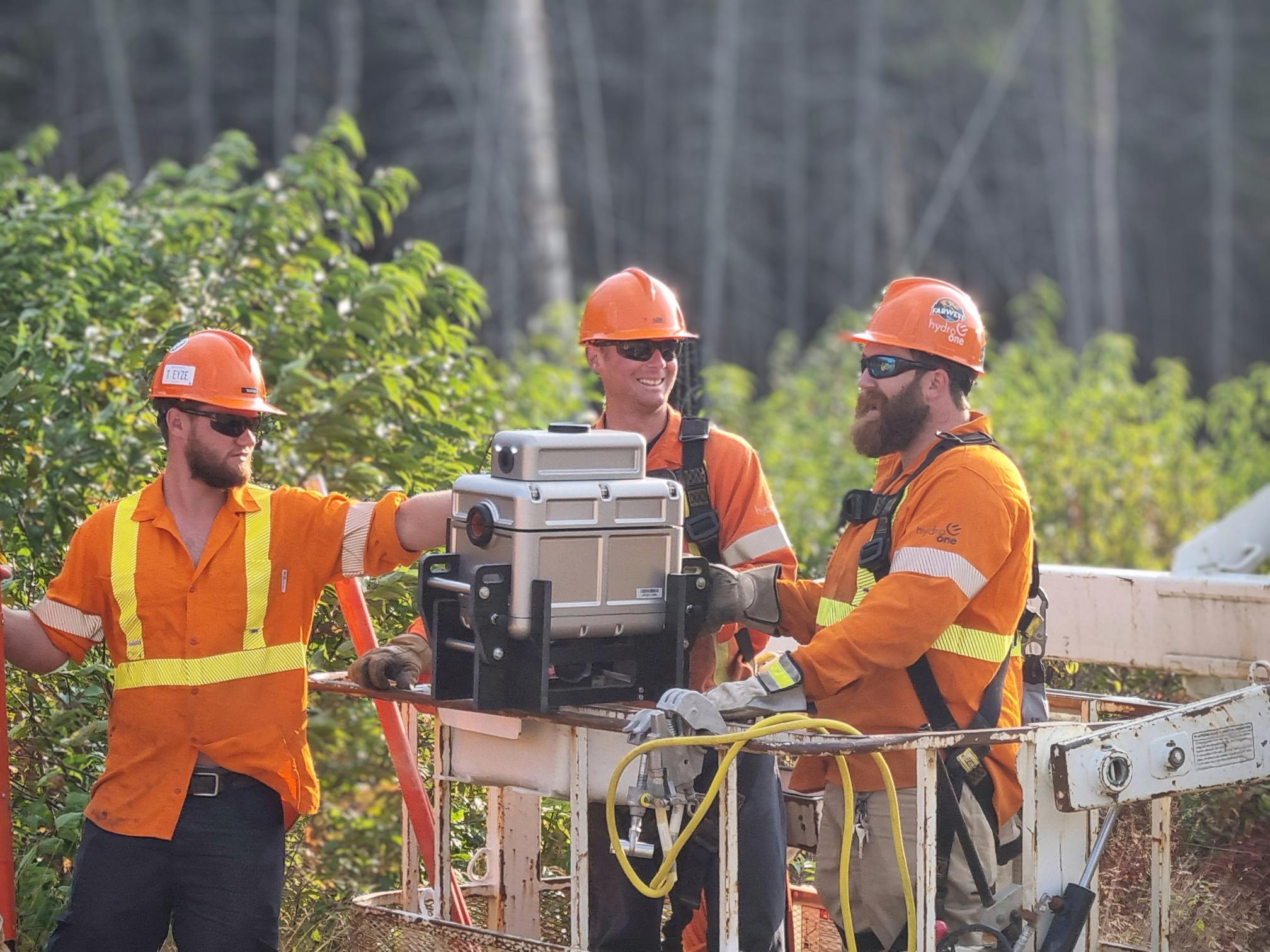Solutions > Dynamic Line Rating
Optimize transmission performance with real-world line data and accurate capacity forecasting. Laki Power’s DLR solution helps utilities safely maximize throughput, reduce congestion, and extend asset life.
+40% capacity
Unlock hidden capacity using real-time, localized weather and line data—without the need for expensive infrastructure upgrades.
Local measurements
By accurately measuring conductor temperature, wind cooling effects, and sag, you can safely push your lines further while staying fully compliant.
Capacity forecasts
Use advanced forecasting tools to predict available capacity hours and days ahead—enabling smarter planning and operational decisions.
How it works
Direct Wind Measurements for Accurate Line Ratings
Measure what matters - right on the line
Wind is the most significant factor in conductor cooling, directly influencing transmission capacity. While weather APIs struggle to estimate wind conditions accurately, the LKX-MULTI measures wind speed and direction directly from the conductor in real time. This ensures precise Dynamic Line Ratings, helping you safely unlock up to 40% more capacity without risking overheating or line damage.
Smarter Forecasting with Laki Analytics Studio
Plan ahead with data you can trust
Laki Analytics Studio combines real-time sensor data with advanced forecasting tools, giving you a clear view of current capacity and future potential. Make informed decisions about load shifting, curtailments, and maintenance scheduling—maximizing grid efficiency while maintaining safety and compliance.
Weather Models vs. Real Measurements
Why settle for estimates when you can have the facts?
Weather APIs work for basic temperature estimates, but when it comes to wind—responsible for up to 80% of conductor cooling—they fall short. Studies show API-based DLR calculations miss nearly 40% of critical variance compared to direct measurements.
How Many Sensors Do You Need?
Don't worry, our expert team guides you step by step to ensure your grid is fully covered. Here are five criteria we use to determine the number of sensors needed.
Is the terrain mountainous or flat?
Terrain can impact clearance, so sensors should be placed at critical points where low clearance or varying terrain could affect line safety and performance.
Are there different conductor sections?
Ensure each conductor section, especially limiting ones, has at least one sensor to monitor performance.
Is wind significant in certain areas?
Position sensors where wind significantly affects line cooling, with fewer sensors on straighter sections.
Does temperature vary along the line?
Since temperature variations are minimal over shorter distances, it’s sufficient to place sensors approximately every 10 km to monitor these changes.
Are your power lines in wildfire-prone areas?
Utilities often place sensors for other reasons beyond DLR.
Frequently Asked Questions
Find answers to commonly asked questions about our DLR solution to help you make informed decisions for your grid needs.
Want to learn more?
Take a look at our in-depth DLR aritcles

Guides
•
Oct 7, 2024
Can Weather APIs Meet FERC’s Standards?
Can weather APIs replace local sensors for FERC-compliant Dynamic Line Ratings?

Guides
•
Sep 16, 2024
Dynamic Line Rating
Dynamic Line Rating is a method used to determine the maximum capacity of a power line in real-time. It enables operators to safely increase the amount of..

Media Coverage
•
Jun 20, 2024
DLR Is More Than Optimizing Capacity
DLR must prioritize safety—not just capacity. Our CEO explains in POWER why accurate weather data is key to reliable grid operations.










